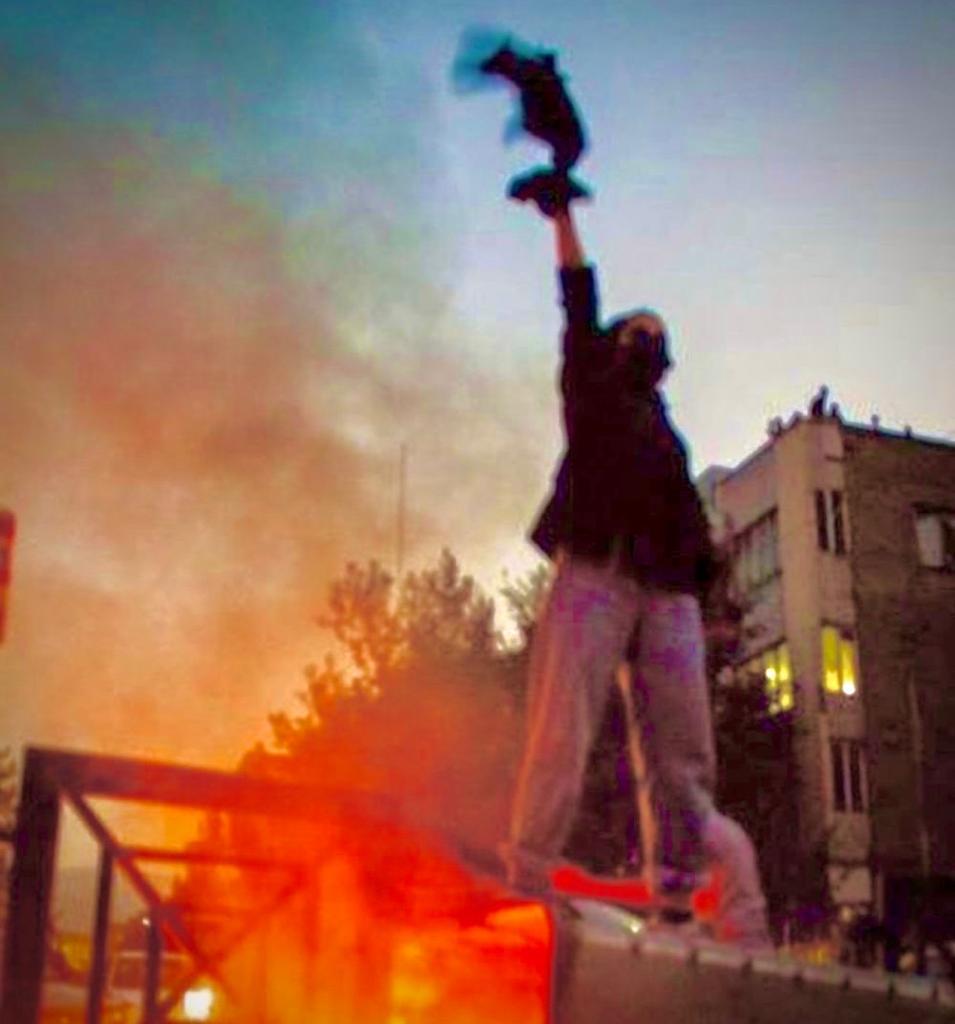
When news first broke out about Mahsa Amini’s murder by the so-called ‘morality police’, the intelligence and security apparatus of the Islamist regime in Iran could not have possibly foreseen the historical consequences that would follow. To them, it seemed like an insignificant event. Because in the Islamic Republic of Iran, a woman’s life is worth nothing.
Under the banner of Allah, violence against women has been systematised as one of the main functions of the state. Hence the term ‘gender apartheid’. And hence the declaration by Masih Alinejad, an Iranian journalist, dissident, and women’s rights activist, that under the Islamic Republic of Iran, the veil is akin to what the Berlin wall once represented to both Soviet officials and its oppressed subjects.
Ironically, the person who first drew this analogy was not Masih Alinejad, but Mohammad-Saleh Hashemi Golpayegani, the head of the government agency tasked with directing the morality police’s activities. When he drew this parallel, only a couple of days had passed since the nationwide ‘Anti-Hijab Day’ campaign, which expressly protested ‘against the Islamic Republic’s 12 July National Day of Hijab and Chastity’ and mandatory hijab. A mere three months later, and Golpayegani’s prediction seems to be coming to pass. Not least because of the ceaseless efforts of Masih Alinejad, who has been leading campaigns against the forced hijab for many years now.
Alinejad’s own story is symbolic of the Islamic regime’s utter fear of women, and is indicative of the violence it is willing to perpetrate in order to silence them. In 1979, the Islamic revolution placed the Iranian nation in the firm grip of a theological elite whose only guiding principles have been those of Islam. And the policies which have resulted in the squalid living conditions of 80 million Iranians today are grounded in the same line of reasoning that refuses to compromise on the chokehold it has over ‘the second sex’ in the form of the forced hijab.
Women’s struggle for emancipation in Iran is far older than the 1979 revolution. It was not long after the establishment of the Islamic Republic that Iranian women began fighting against the state’s encroachment on their bodies. But as steadfast and uncompromising as these movements were, they were repeatedly undermined by the rest of the body politic. In the early years of Islamic rule after 1979, women’s struggle was undermined by supporters of the Islamic regime, both men and women, who claimed that their demands were tangential to more pressing matters, such as ‘the struggle against imperialism’. However, the unfortunate truth is that in the four decades that followed, women’s struggle against gender discrimination was often undermined even by opponents of the Islamic regime.
It was only with Mahsa Amini’s death that the Iranian nation began to launch a concerted attack on the forced hijab as the principal revolutionary question. Mahsa’s murder changed everything, and now, after 43 years of self-denial, it seems that Iranian society is agreed on what women like Masih Alinejad have been saying for decades. Namely, that the elimination of the forced hijab, far from being a distraction from more pressing issues, is the fortress which, once conquered, will result in the total defeat of our enemies.
The voices of the millions of Iranian people in the streets today, both throughout Iran and across the globe, are a unanimous rejection of all the anti-woman ideals which the Islamic regime has toiled so hard to impose on us all. But not only is this the first revolution in history to hold the cause of women’s emancipation at the very forefront of its charge forward: it is perhaps the only revolution that has been unequivocally led by women too.
‘Woman, life, freedom’ is our slogan, and is being echoed throughout the farthest corners of the nation. But what is it about these three words that threatens the Islamic regime so much?
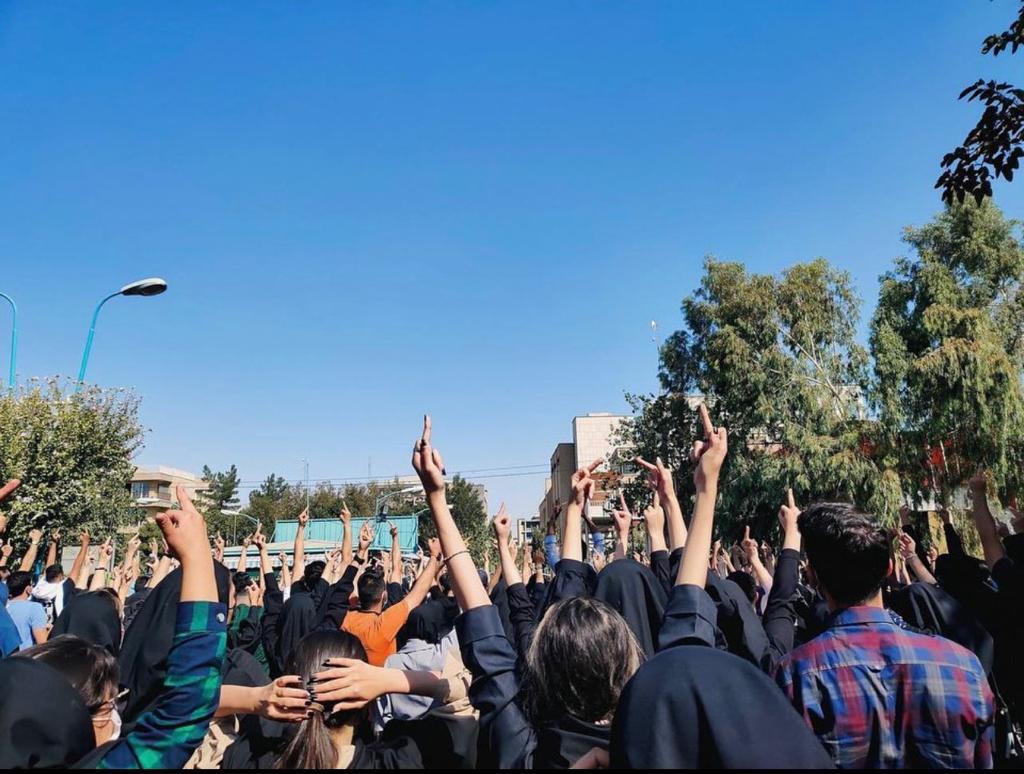
The answer is that the values and principles which ‘woman, life, freedom’ connote are quite simply irreconcilable with the Islamic regime’s ‘revolutionary ideals’. The state has known this since its inception. At last, the Iranian women and men, fighting together hand in hand, have accepted that there can be no compromise. The regime may consider the life of an innocent 22-year-old Kurdish-Iranian woman to be insignificant, but we do not. And since the death of Mahsa, Iranians have demonstrated their willingness to die fighting to establish an Iran that is permanently cured of the cancer of Islamism. What we are fighting for is a democratic, secular Iran. Our revolution is a vindication of the rights of women, and by extension a vindication of all human rights.
However, this is not only a feminist revolution. It is no exaggeration that every Iranian, regardless of gender, age, income, religion or beliefs has a claim over this uprising. There is not a single group in Iranian society whose voice is not contributing to this uproar. We have all been victimised by the Islamic state.
Whether it be the teachers who have taken to the streets to demand the dignity withdrawn from themselves and their students; school girls in primary, middle and high schools following their teachers’ example; farmers in protest against state policies that have caused water shortages throughout the country; a middle class which has lost all hope of attaining dreams it had once felt within reach; or a working class that has been systematically exploited and undermined –– today, all Iranians are suffering, and they recognise the source of all their maladies in a common enemy, which has always been clear in its logic. An ill-begotten logic derived from a holy book which has not only justified the misery its agents have inflicted on us, but which has elevated this assault to the realm of holy duty. The lives and dignity of Iranians have been fodder for a frail idea whose only legacy has been abject destitution. And despite what Islamist apologists around the world still claim, what is happening in Iran today is as appropriate an example of what ‘true Islam’ constitutes as any other in history.
People in the streets today know exactly what it is they are fighting for. It is the negation of everything which the 1979 Islamic revolution represents. What is happening inside Iran is the historical expression of the clash of two irreconcilable and contradictory set of values, ideals and principles.
Iran is by no means a homogenous whole. It constitutes a multitude of different ethnic peoples, identities and social classes. The Islamic regime has exploited these differences to sow division among us for more than four decades, and with great success too. And yet, today, all these differences seem to have been swept aside.
Only hatred can unite a people so thoroughly. The object of our hatred is the enemy which has inflicted pain and suffering on us all. This uniting force may be most aptly described in the words of Ahmad Shamlu, who once wrote of the ‘common pain’ in one of his most memorable poems. In our case, this common pain finally found its voice in Mahsa Amini’s name. Mahsa, whose real Kurdish name was never legally recognised because of its un-Islamic origins, has become a symbol of all the injustices which we are subject to under the Muslim God’s iron rule. Her Kurdish name is Jina. And as the words on her tombstone so prophetically predict, her name, both in its Kurdish and Islamic forms, has become a code for freedom. The headstone reads: ‘Dear Jina, you shall never die. Your name shall become a cipher’.
The very phrase ‘woman, life, freedom’, finds its origin in Kurdish culture. It was the Kurdish women present at Mahsa’s burial in the Kurdish city of Saqqez in north-western Iran who first called out this old Kurdish phrase as they took their veils off and twirled them in the air. This was their answer to the rhetorical question being chanted by the Kurdish men: ‘Another murder for the veil … How much longer will we put up with this indignity?’ Soon the crowd at the cemetery were chanting, ‘Death to the dictator.’ And as this cry rose against a backdrop of state violence (a brutal assault began at the cemetery itself), the uprising spread to other major Kurdish cities and then on to the rest of the nation, as Azerbaijan declared its solidarity with the Kurdish people. Today, the entire nation is united. ‘Mahsa’ has become a synonym for the idea that the truth that had been suppressed until now has been liberated, and that we are no longer afraid to shout it out loud:
Down with the dictator!
Down with Islamic rulership!
Down with theocracy!
The Islamic Republic must be eradicated!
Down with this anti-woman regime!
Down with this anti-woman reaction!
The Islamic Republic must be eradicated!
Cannons, Tanks and Firecrackers, it don’t matter, Mullahs have to get lost! We can only reclaim our rights out on the streets!
Out on the streets until the revolution’s success!
Hey Iranian, yell, shout, claim your rights!
We will fight, we will die, we will reclaim Iran!
Neither Gaza, nor Lebanon, I will only die for Iran!
Islam and the Quran, both to be sacrificed to Iran!
So long as the dictator remains, the insurrection will go on!
This is our final message: we’re aiming for the entire Islamic regime!
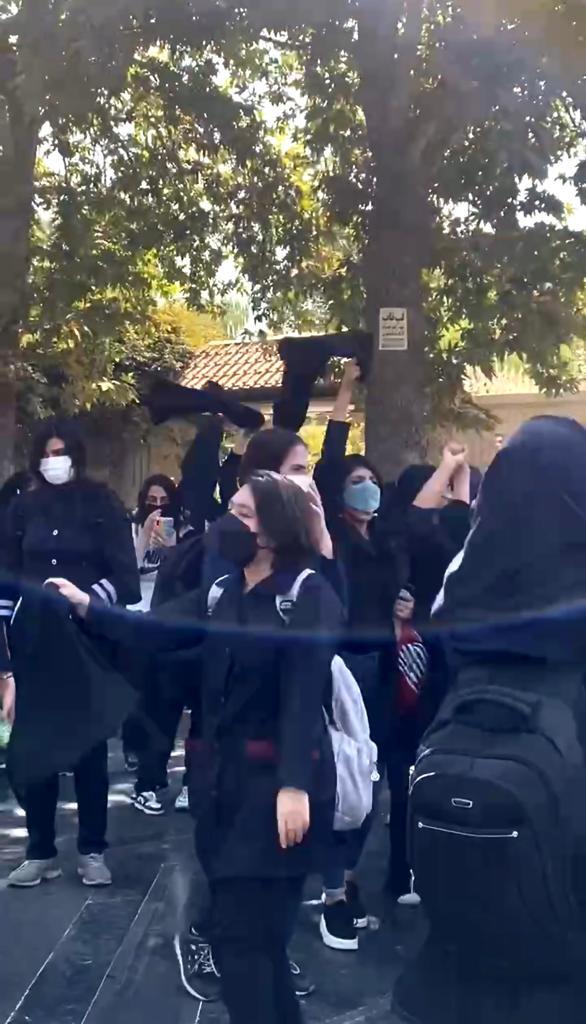
These are the words being shouted in our cities today, against the sound of the regime’s gunshots. Our shouts grow louder, every time we are confronted by anti-riot vehicles filled with armed men, who either believe they are doing the work of their Lord, or who are perfectly aware that Allah whom they once served has died long ago, and who are only there for their own material gain.
It is important to note that people opposing the regime have not burned Qurans. We would be perfectly within our rights to do so. But unlike our enemies, book-burning does not align with the principles we uphold. Almost a century ago, Ahmad Kasravi, a figure who represents what Leo Strauss once termed the ‘sword of philosophical atheism’, organised a Quran-burning. He was eventually murdered at the hands of Navab Safavi at the behest of a young Ruhollah Khomeini.
Once we have got rid of the Islamist state, it will not be laws, nor the threat of Islamist violence, that will keep us from repeating Ahmad Kasravi’s gesture. Our own dignity will withhold us from following in the footsteps of the likes of Khomeini (whose fatwa against Salman Rushdie and The Satanic Verses resulted in the author being stabbed just two months ago), or the caliph Abu Yusuf Yaqub al-Mansur (1184-1199), who ordered the burning of the works of the great rationalist thinker Averroes. The burning of the works of Ibn Rushd (Averroes’ Arabic name), and those of his namesake Salman Rushdie (whose father changed his last name to Rushdie in honour of Ibn Rushd) almost a thousand years later, are not incidental to the Iranian uprising today; they are emblematic of everything we are fighting against.
Our revolution is a contemporary expression of a renaissance of Enlightenment ideas. One of the most central aspects of this concerns the principles of freethought, free expression, and freedom of the press. The Islamic revivalists of the 20th century, following the example of their prophet and remaining true to their faith, worked to extinguish the light of reason with the sword. In contrast, in our revolution, the pen will always be mightier than the sword. The weapons which are monopolised by our enemies today are nothing but evidence of the intellectual bankruptcy of their cause.
Many have been shot at and brutalised over the past three weeks, and at least 154 people, including children, have been killed. But they have not managed to silence us: ideas cannot be murdered.
Consider for example, the poem composed by Asma bint Marwan, a female Arab poet of the seventh century, in honour of the memory of the Jewish poet Abu ‘Afak, killed because of his criticisms of Muhammad:
Do you expect good from him [Muhammad] after the killing of your chiefs / Like a hungry man waiting for a cook’s broth?
Is there no man of pride who would attack him by surprise / And cut off the hopes of those who expect aught from him?
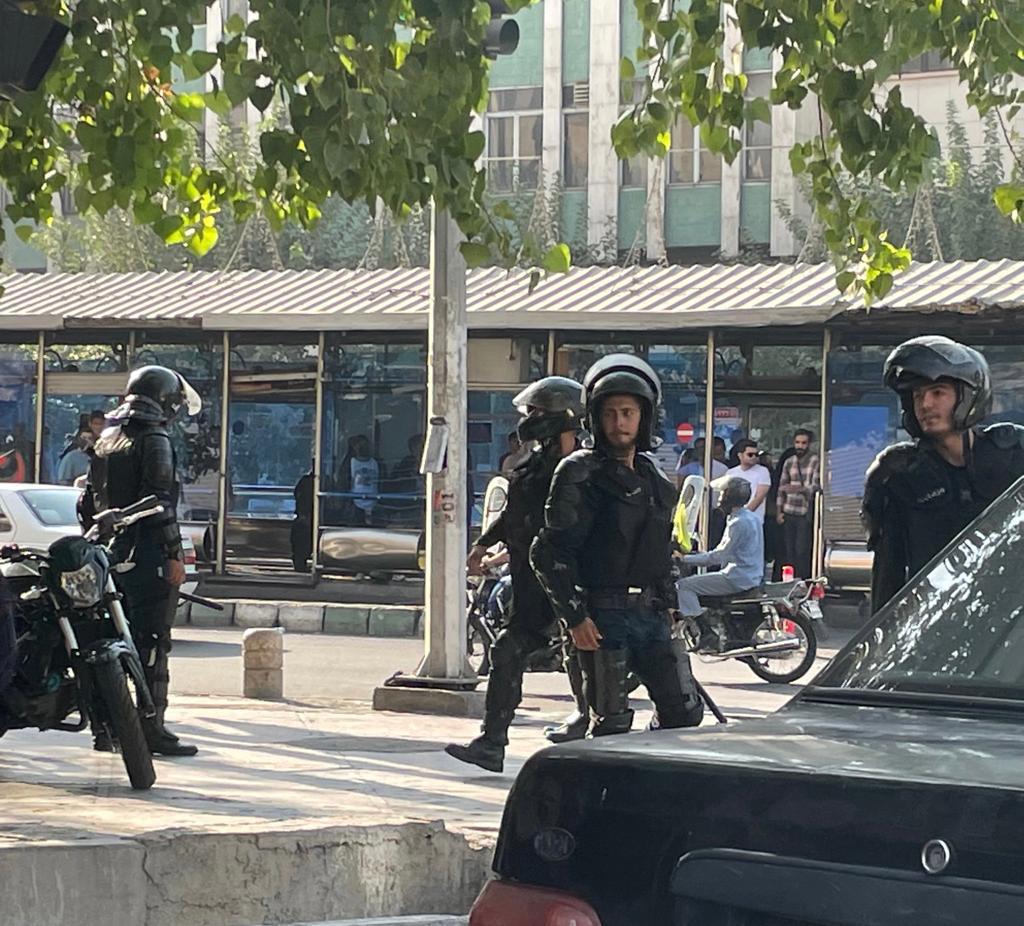
These words live on, and the revulsion which many felt at Muhammad’s message is plain for all to see. In this rebuttal of Muhammad’s claims, Asma bint Marwan seems to have fulfilled the ideal which Baal (one of the characters in Salman Rushdie’s The Satanic Verses) sets for the poet, when he claims that a poet’s work is ‘to name the unnameable, to point at frauds, to take sides, start arguments, shape the world and stop it from going to sleep.’
The Muslim historian Ibn Ishaq relates that upon hearing these verses, Muhammad turned to his companions and asked: ‘Who will rid me of Marwan’s daughter?’ The prophet of Islam ordered an assault on a brave woman who happened to be a poet too.
No, the war on women and freethought is not external to ‘true Islam’, as liberal Muslims like to keep repeating, but fundamental to it. In Crescents on the cross: Islamic visions of Christianity, V. J. Ridgeon draws a compelling parallel between Khomeini’s fatwa against Rushdie and Muhammad’s order to assassinate Asma bint Marwan. The Islamic regime of Iran fears reason more than anything else. In the words of Rushdie, what scares it is the human mind’s ‘ability to conceive a thought, to speak it, and by doing so to make it true.’
What is happening in Iran today is the clash of two irreconcilable and contradictory set of values, ideals and principles. It is represented, on the one hand, by the people, and on the other, by an occupying Islamic elite. This is a clash between the values of the Enlightenment and the values of the Islamic Revolution. Only one can win.
The removal of the hijab is a performative act which contains within it a thousand and one stories waiting to be told. Stories of the reclamation of dignity, but perhaps more importantly, of a long-alienated identity. To remove the hijab is to strike a blow, not only against the state, but against a theocratic system which has worked very hard to rid people of their identities outside its own strict confines. As Le Figaro accurately observed, the significance of the revolution in Iran is embodied in the dance of the young girl who tossed her hijab into the flames.
There really is a reason why the Islamic regime cannot compromise on the issue of the hijab. There really is a reason why writers, thinkers and poets have been executed in droves under this regime, and why so many journalists and artists who covered the topic of Mahsa’s death have been imprisoned in the past two weeks. Freedom is something which the foot-soldiers of Allah simply cannot abide by. Our enemies are perfectly aware that in an equal playing field of ideas, their claims cannot possibly stand up to the scrutiny of common sense. And so they will never allow this scrutiny to occur. It is the bankruptcy of their thoughts which makes them so completely reliant on the sword. And yet, as is being witnessed in the streets of Iran today, even their weapons are impotent in the face of the words being spoken by unarmed civilians. The entire force of their Umma is nothing in face of the women who confront them shouting ‘woman, life, freedom’.
And yet, as footage of Iranian women burning their veils began gaining traction on social media and spreading like wildfire across the world, so-called ‘Islamic Feminists’ started to spread disinformation that was aimed at obfuscating the true character of this uprising. Nora Jaber, for example, claims that by paying attention to Iranian women unveiling themselves, ‘mainstream media narratives contribute to the victimisation and homogenisation of Iranian women.’
In fact, is it is narratives like the one spun out by Jaber that are the true perpetrators of the ‘victimisation and homogenisation of Iranian women’. For four decades, the voice of women from the Middle East and North Africa (MENA) telling Western audiences about the true condition of women in their countries were ignored or attacked. Women such as Ayaan Hirsi Ali, Masih Alinejad and Maryam Namazie have received a lot of criticism for their honest description of women’s lives under sharia. The fearful atmosphere of political correctness cultivated by Islamist apologists had made it such that any mention of the hijab was framed as a redline. ‘This is our/their culture’, they would say. ‘You can’t offend other people’s culture!’ Today we say that every single one of the politically correct apologists of Islamism that have forged public opinion in the West about proper attitudes to the hijab in Iran have been complicit in the crimes committed by the Islamic regime against humanity.
For a long time, anti-Islamophobia crusaders like Hoda Katebi have acted as apologists for the Islamic Republic’s systematised violence against Iranian women. And now, being acutely aware of the threat that the women’s revolution in Iran poses to all the falsehoods they have perpetuated, they aim to censor its true tenets and frame it as a movement in line with their own reactionary agenda.
Jaber, for instance, claims that Western coverage of the uprising in Iran ‘ignores the pluralistic nature of Islam and conceals various rich historical accounts of women in Iran and in other Muslim contexts grounding their demands for rights and justice within an Islamic framework, known to many as Islamic Feminism.’ Apparently, she really believes this revolution is not a negation of political Islam as such, but one which still reveres the Islamic ‘framework’, even though it aims to change certain aspects of it – for example, by eradicating the morality police. Or at least, she is trying to get others to believe this.
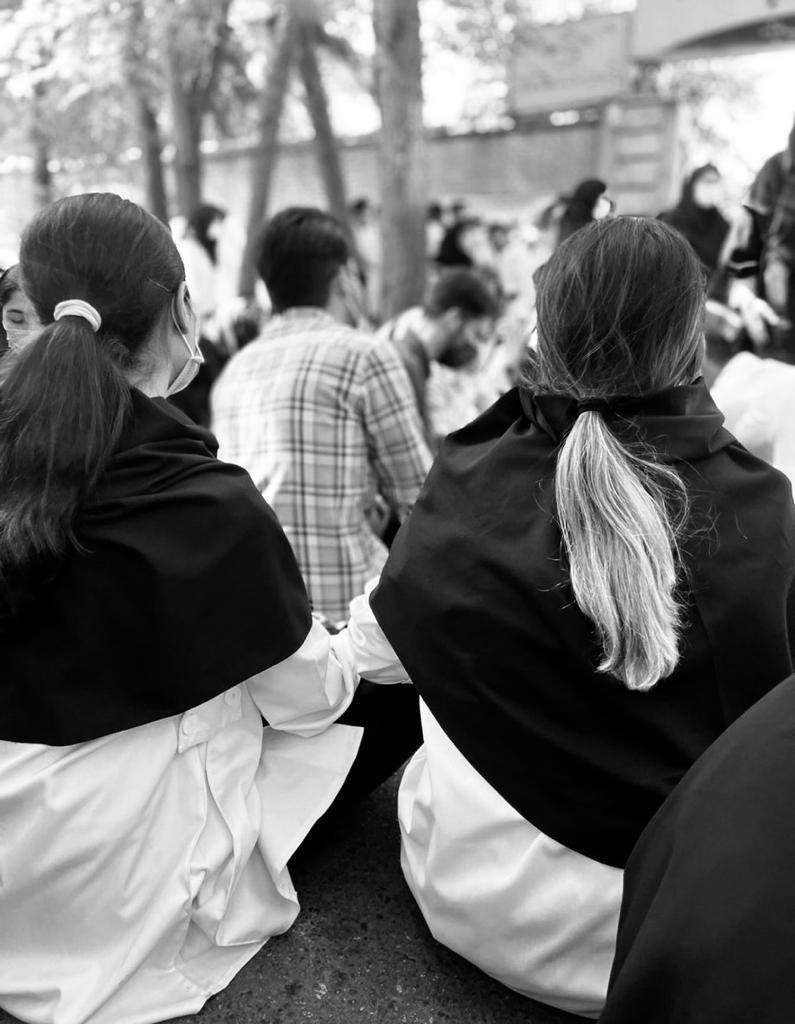
Jaber claims that media focus on the performative act of unveiling, and the innumerable recorded instances of women burning their headscarves, ‘builds on and perpetuates a reductive understanding of Islam (in this case, one that is brutally enforced by the regime and its institutions) as the root of Iranian women’s oppression, which in turn fuels Islamophobia and harms Muslim communities abroad.’
In other words, our uprising represents precisely what Jaber rejects. But today, the world is finally hearing the voice of the Iranian nation’s unequivocal disavowal of Islam as ‘our culture’. Our culture does not degrade women. Our culture is one which celebrates life, not death. Our culture is one that values freedom, and which, as has been proven in the past three weeks, is more than willing to pay the high price of attaining it.
The distinction between the rejection of the veil and women’s freedom of choice is a false one. No one is denying that what Iranian women are fighting for is the right of choice over their own bodies. No one is proposing a reversion back to Reza Shah’s state ban on the hijab. But were it the case, as Jaber proposes, that this fight for her ‘freedom to choose’ does not entail a rejection or critique of Islam, and that this struggle is being waged ‘within an Islamic framework, known to many as Islamic Feminism,’ it would have sufficed for women simply to have removed their veil. Instead, what we have seen again and again is women not just removing but ceremoniously burning their hijabs. This is not just a rejection of the veil, but a celebration of freedom: freedom from a faith that preaches submission.
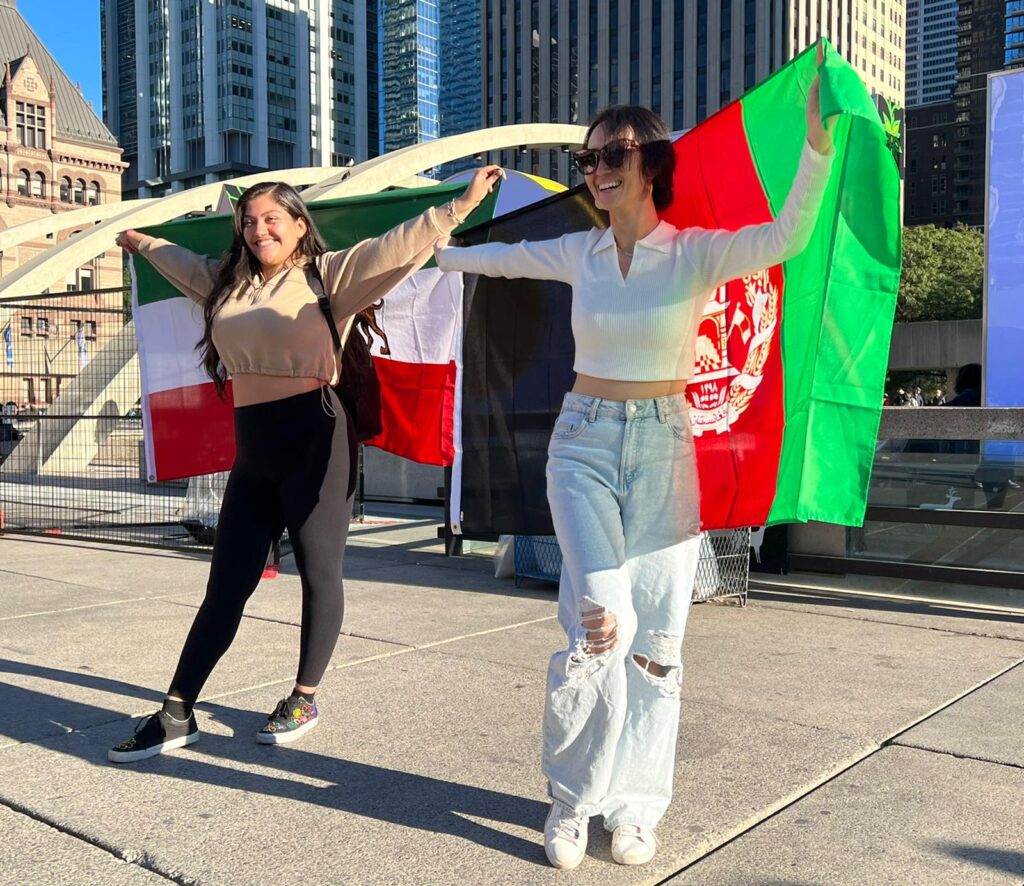
The values that we are fighting for are irreconcilable with those which drive Islamist apologists. The threat which Islamists around the world feel as they watch events unfolding in Iran today is not an imaginary one. They are as justified in their fear of our cause, as we are of theirs. The term ‘Islamophobia’ has quite a literal meaning amongst Iranians these days. People are ‘afraid of Islam’ not because they are confused about ‘its true message’, but because they know exactly what it is.
The Iranian insurgency has already sent shockwaves throughout the so-called ‘Islamic world’. Female Turkish artists were among the first to express their solidarity with the Iranian women occupying the streets and setting fire to the hijab, that symbol of oppression, despite the threat to their lives. It is not a coincidence that women across the region have found inspiration in the Iranian revolution. Women in Afghanistan have gathered in front of the Islamic Republic’s embassy in Kabul to express their anger at the assaults being made on their sisters who are chanting ‘woman, life, freedom’. The ideas fuelling this movement are not foreign to any of the people in the Middle East. The support we have received demonstrates that the protesters in Afghanistan, Turkey and elsewhere are perfectly aware of the values they too would fight for, given the chance.
For the first time, women stand on the brink of total victory over an adversary that has wrought nothing but humiliation upon their lives for centuries. And even though the Iranian nation has not achieved its political aims just yet, the fact is that women have succeeded in breaking free of that captivity of mind which had been built up around them for so long. Today, hope has revitalised a catatonic society. Brave women and girls have broken the spell of the Islamic regime’s infallibility. We hope that our revolution against this regime will inspire our sisters and brothers across the region too.
Enjoy this article? Subscribe to our free fortnightly newsletter for the latest updates on freethought. Or make a donation to support our work into the future.



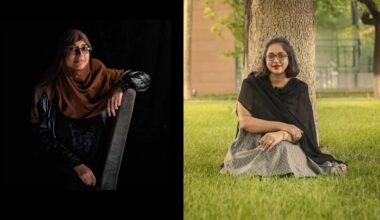
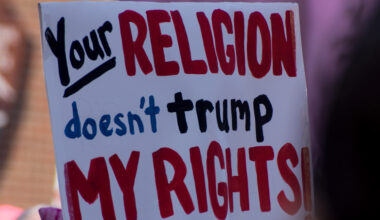
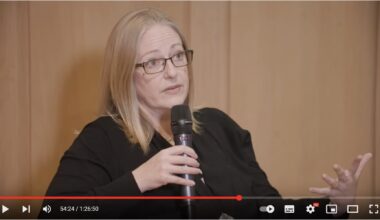


Your email address will not be published. Comments are subject to our Community Guidelines. Required fields are marked *
Donate